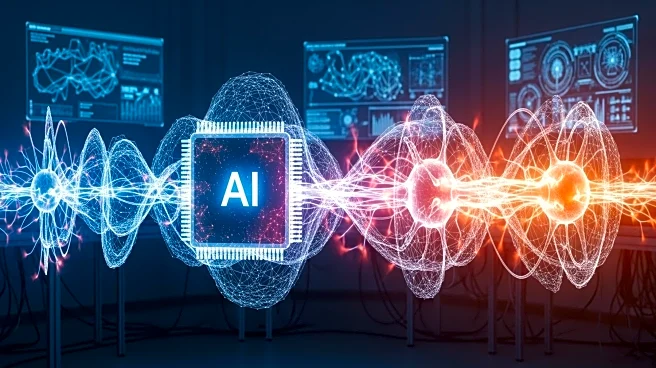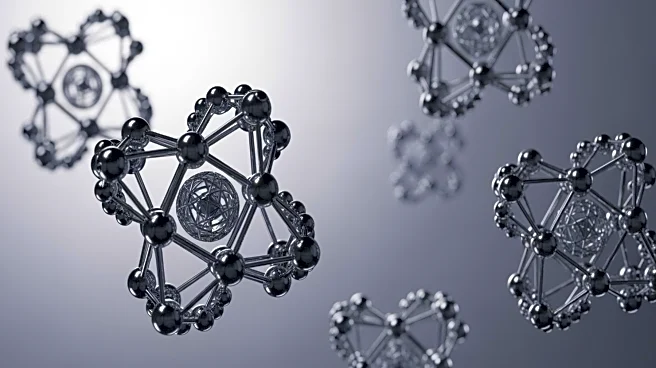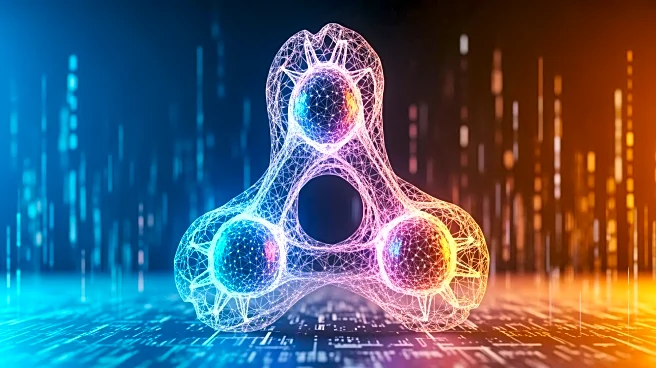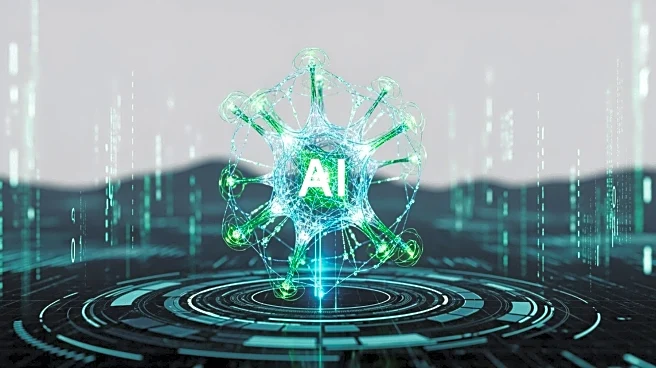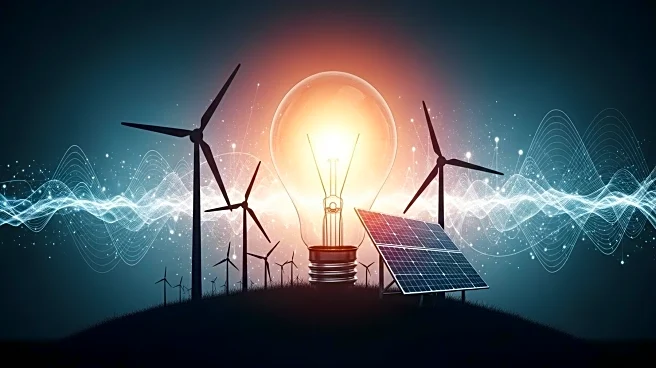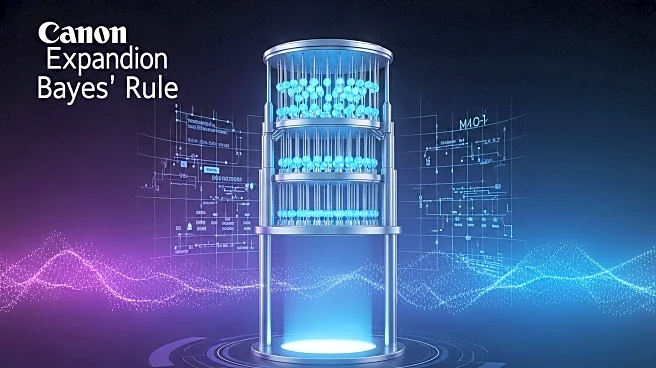What's Happening?
A research team led by the Massachusetts Institute of Technology (MIT) has developed a neural state-space model (NSSM) to predict plasma dynamics during the ramp-down process of the Tokamak Configuration
Variable (TCV). This model integrates physical laws with experimental data, allowing for high-precision predictions of potential instabilities with minimal data. The Tokamak device, crucial for nuclear fusion energy, contains plasma hotter than the sun's core, confined by a strong magnetic field to maintain a stable fusion reaction. The ramp-down phase is particularly risky, as plasma flows at high speeds and temperatures, making control errors potentially destructive. The NSSM model aims to provide additional support for safely shutting down the 'artificial sun' by predicting complex plasma dynamics and simulating thousands of ramp-down trajectories in parallel.
Why It's Important?
The development of this AI model is significant for advancing nuclear fusion as a viable energy source. Nuclear fusion offers a cleaner, safer alternative to nuclear fission, with minimal radioactive waste. By improving the reliability and safety of Tokamak devices, the model could accelerate the transition to fusion power generation, impacting energy industries and reducing reliance on fossil fuels. The ability to predict plasma behavior and avoid disruptions enhances the operational safety of fusion devices, potentially leading to more sustainable energy solutions. Stakeholders in the energy sector, including researchers and companies like Commonwealth Fusion Systems, stand to benefit from these advancements.
What's Next?
The research team is collaborating with Commonwealth Fusion Systems to further study the application of the prediction model in fusion power generation. This collaboration aims to enhance plasma behavior prediction and machine disruption avoidance, contributing to the safe generation of fusion power. Additionally, other studies in the field are exploring AI-enabled virtual diagnostics and large-scale pre-trained models to optimize fusion plasma control systems. These efforts indicate a growing interdisciplinary approach to achieving regular application of nuclear fusion energy, with artificial intelligence playing a crucial role in this journey.
Beyond the Headlines
The integration of AI in nuclear fusion research highlights ethical and technological dimensions, such as the reliance on machine learning for critical energy infrastructure. The model's ability to learn from real errors and improve fault tolerance demonstrates AI's potential to enhance safety and efficiency in complex systems. Long-term, this development could shift energy policies and investments towards sustainable fusion energy, influencing global energy markets and environmental strategies.
